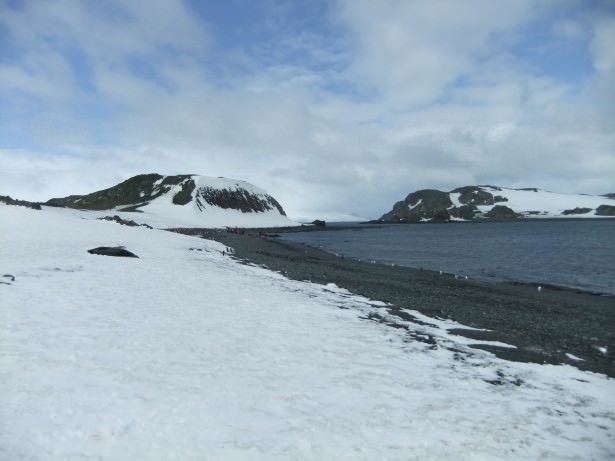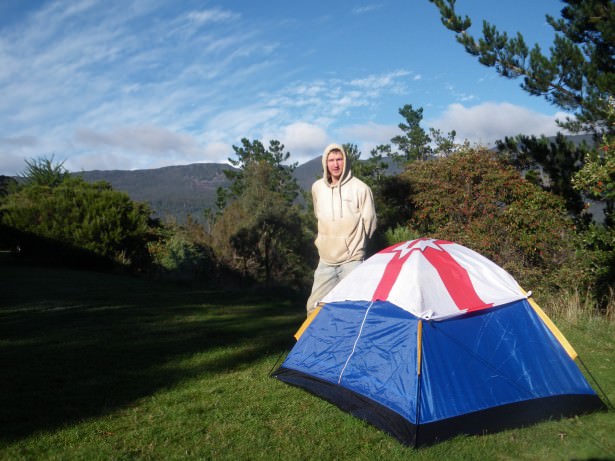If you are the type that puts away camping gear during winter, you are missing out on great days outdoors. Unlike during summer and spring, the bare trees and vegetation reveal beautiful mountain views during winter. The cold conditions also drive off masses, providing unmatched solitude. However, camping during winter also has its special challenges. For instance, temperatures fall to freezing levels. You should choose the right gear, pack the right clothing, and learn some tips for staying warm.
Consider these tips for winter camping:
1. Pick the Right Tent
Choosing your camping tent is important, especially when planning a camping trip during winter. Apart from ensuring the tent is large enough to accommodate your camping gear, it should be warm enough. This means choosing a three or four-season camping tent from iKamper. Three-season camping tents are best for mild winter conditions. They are well-ventilated and reduce the condensation that often forms inside camping tents during winter.
On the other hand, four-season tents are best for severe winter conditions. They can withstand strong winds and heavy snow. They have little mesh panels for ventilation and a rainfly extending to the ground. Both tents have sturdy poles.
2. Dress in Layers
The only trick to surviving winter camping is staying warm and dry. This requires that you regulate your body temperature properly to avoid being too hot and sweaty. Dressing in layers is the best way of maintaining body temperature, as you can remove or add clothing accordingly. The layers include:
- The base layer – Choose clothes made from wool or synthetic materials for the base layer. Avoid cotton clothes as they hold water and absorb valuable heat from the body.
- Middle layer – The middle layer is the insulating layer that retains body heat while allowing proper air circulation. Sweaters or jackets made of wool or synthetic materials are excellent middle layers.
- Outer layer – Also called the shell layer, these are waterproof jackets that provide protection from strong winds and moisture.
3. Choose the Right Campsite
The right campsite can make the difference between a cozy and enjoyable winter camping and miserably cold tent camping or backpacking. Choose a campsite with rocks and trees to block winds and heavy snowfall. However, ensure that the trees are not dead or rotting to avoid accidents.
4. Food and Drinks for Winter Camping
The body uses a lot of energy to fight cold. Trekking through snowy landscapes is also challenging. You should hydrate and eat well to maintain your energy levels and stay warm. Below are food and drinks recommendations for winter camping:
- Eat hot meals – Hot meals while out during winter are gratifying. However, you should stick to simple meals so you don’t have to wash utensils frequently in the cold. Calorie-dense meals that cook easily are good options.
- Take short lunch breaks – Quick snacks, sandwiches, and energy-rich foods are good for lunch.
- Keep food securely – You shouldn’t leave your food carelessly, lest bears feed on them. Stow them securely in backpacks and hang them high on trees.
- Use bottles – Water bottles can easily freeze in cold temperatures. Opt for insulated water bottles.
Endnote
Planning a trip, outdoor adventure, or camping during winter is quite challenging. However, outdoor enthusiasts can easily pull this off with the right planning. With few bugs, small crowds, and exquisite views, camping during winter is certainly rewarding.


